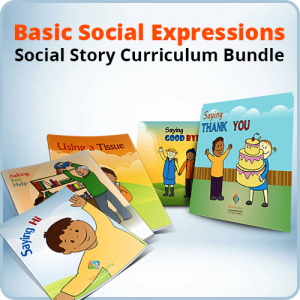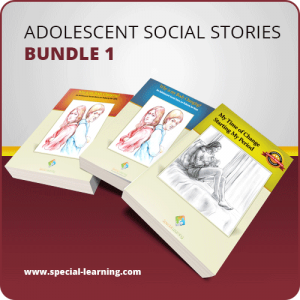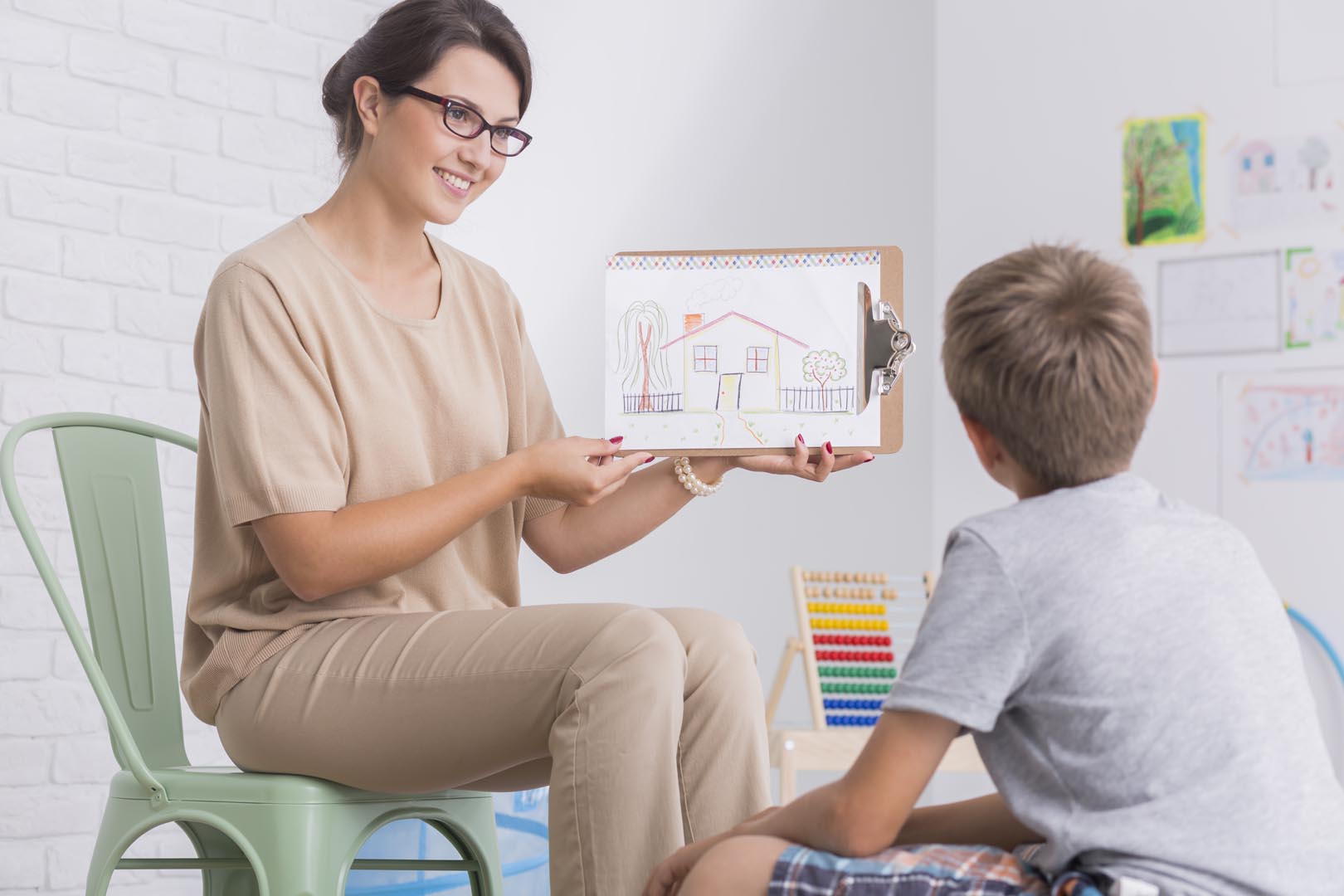Signs of Autism
Autism Spectrum Disorder (ASD) is a developmental disability that affects 1 in 68 children in the U.S. alone — and that number only includes children who have been diagnosed! Signs of autism can be seen in children as early as 1 year old, but it is commonly misdiagnosed or not diagnosed until much later. Parents and caregivers need to be proactive in looking for signs of autism in children.
For every child with autism, time is the greatest enemy. Those hours lost without appropriate intervention are ones that you can never get back! Don’t ever assume that a child on the spectrum will eventually catch up with his peers without appropriate intervention. On the flip side, don’t assume that a child with autism will not be able to catch up with his/her neurotypical peers; with early and intensive intervention, there is 47% success that a child can mainstream.
We all know that early autism intervention is one of the biggest factors in success for children with autism. How do you, as a parent, educator, or therapist, use this information to make a difference?
Well, you must start out by first understanding that no matter who you are, or where you live, you can make a difference! Children with autism display some classic signs that professionals refer to as “absolute indicators,” but for the rest of us, we can just call them “red flags.” Although no two children will present the same exact signs of autism, they will display deficits in three main areas of development: (1) social skills, (2) language, and (3) behavior. In many kids, stereotypy (repetitive or ritualistic movement -i.e. stimming) will also be an indicator as well.
Regardless of the role you play in a child’s life, when you are observant, the signs will be evident. It is important to detect ASD as quickly as possible.
Though each child is different with respect to behavior and personality, you can pay attention to the child to see if he or she displays any of the following signs. We can call these “early indicators”:
Signs of Autism
Social Skills
- Doesn’t respond when his name is called.
- Won’t establish or maintain eye contact.
- Appears to have a hearing deficit.
- Doesn’t like to be held or cuddled.
- Oblivious to others’ feelings.
- Prefers to play alone or only parallel-play — often “off in his or her own world.”
Language Skills
- Don’t start talking when the child is older than 2 years old.
- Has another developmental delay at 30 months.
- Won’t look you in the eye when making requests.
- Abnormal speech rhythm or tone — singsong or robotic.
- Doesn’t start or maintain a conversation.
- Repeats words or phrases, but doesn’t understand them.
- Do not acknowledge when someone enters/exits a room.
Behavior
- Has a tantrum if routines or schedules are disturbed.
- Constantly moving about, fidgeting.
- Lack of understanding of cause-and-effect.
- Difficulties or does not follow directions.
- Do not point, gesture, and engage in tantrums, throwing things to get his/her needs met.
- Has a difficult time stopping an activity until it is complete (i.e. Won’t move onto snack time until the whole puzzle is complete)
Stereotypy
- Uses repetitive movements such as rocking, spinning, or hand flapping.
- Develops routines or rituals.
- May be fascinated by a particular part of an object, such as the wheels of a toy car.
- Appears to be preoccupied with an object for long periods of time.
- Has a tendency to “line-up” toys/objects.
Sensory
- Maybe overly sensitive to light, sound, and touch, but oblivious to pain.
- Appears to be “startled ”easily.”
- Only eats a select type of foods— “very picky eater.”
Babies develop at their own pace but there are certain developmental milestones that most children achieve as they grow. As a parent or caregiver, being aware of your child’s developmental progress is the front line of defense. To make sure your child is on the right path, pay special attention to his or her progress in the areas of language, behavior, and social interactions. Consult with your pediatrician if you notice any of the identified signs of autism. They may not be specifically qualified to diagnose your child, but they should know someone who is and send you a referral to that qualified practitioner.
There are several courses of action available. The best-case scenario is this: a child is diagnosed at a very young age (18 months) and is placed immediately in a center or specialized school to receive quality intensive Applied Behavior Analysis (ABA) therapy and other related therapies like Speech and Occupational Therapy.
However, that’s the best-case scenario. The worst-case scenario, which is often the case outside the U.S. and in some developed countries in which ABA is available, is that a child is not diagnosed until he/she is much older — 8 to 10 years of age — and there is no appropriate treatment that is available. In the U.S. most fall somewhere in between.
A child is diagnosed at a relatively young age, usually around kindergarten or primary school age, and is provided services through schools. Unfortunately, the quality of services available varies dramatically from one district to another. In many cases, funding (and services) may be available through government funding or insurance funding, however, due to the acute shortage of qualified behavior analysts (Board Certified or Licensed Behavior Therapists, BCBAs), there is a long waiting list for services.
In light of the above reality, what can be done? It’s simple. Parents, educators, and health services providers can become trained on the most effective behavioral intervention called ABA. Although this won’t replace the need for intensive ABA therapy under the care of expert BCBAs, any amount of intervention, provided by parents, educators,s or other professionals, will benefit the child. ABA is proven to result in over 90% success in helping a person with autism make gains(acquire new skills).
This is the undisputed truth. ABA works! Any amount of ABA therapy, implemented properly, in either clinic, home or education setting WILL help improve the chances of a child achieving a degree of independence in functioning by reducing problem behavior and increasing acquisition of new skills in order to give him/her the best chance of developing fully and leading a successful life.
Always keep in mind that no matter who you are, where you are located, or how you interact with a child on the autism spectrum, you can make a difference. You just need to acquire the skills to become the person capable of helping!
Reference:
Easter Seals Disability Services. EasterSeals.com: Could my Child Have Autism? Retrieved March 16, 2011, from http://www.easterseals.com/site/PageServer?pagename=ntlc8_could_my_child
Centers for Disease Control and Prevention: Developmental Milestones https://www.cdc.gov/ncbddd/actearly/milestones/index.html
Copyright © by Special Learning Inc. All right reserved.
No part of this article may be reproduced in any manner whatsoever without written permission except in the case of brief quotations embodied in critical articles and reviews. For information, contact Special Learning Inc., at: contact@special-learning.com












